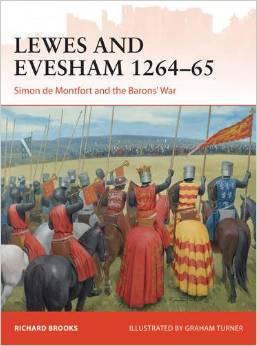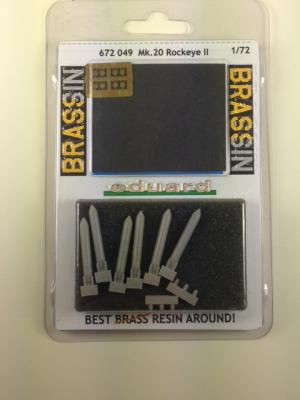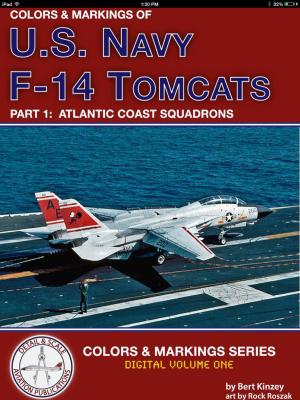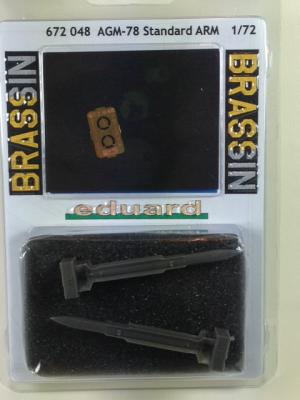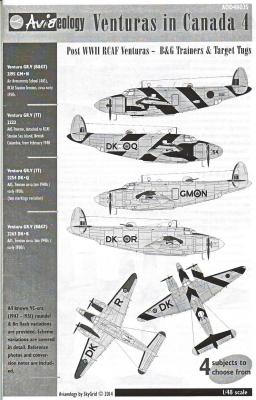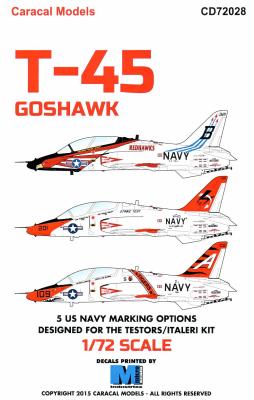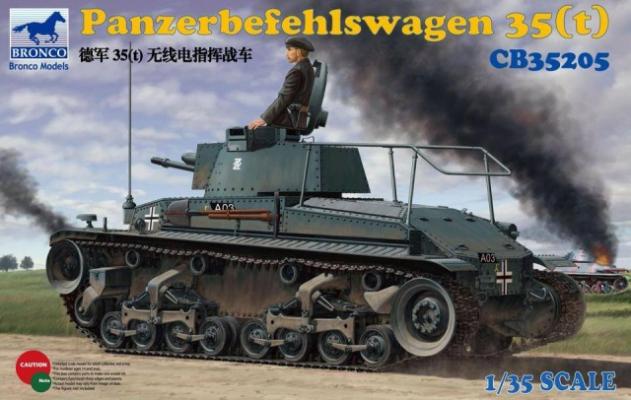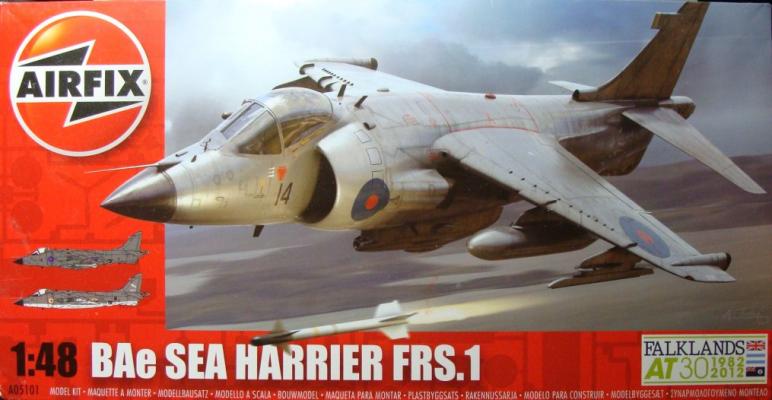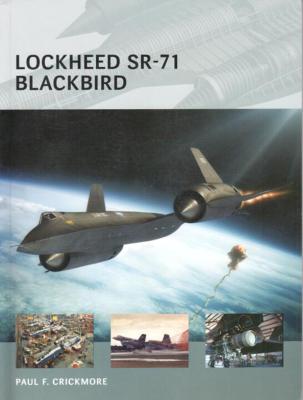The GBU-10 weapons system consists of a Mk.84 2,000 lb. bomb coupled with a laser guidance system. The Paveway II guidance system replaced the Paveway I system beginning in the early 1970’s and features a simpler but more reliable seeker and pop-out wings in the tail fins to increase the bomb’s performance.
What's New
At the crescendo of the Second Barons' War were the battles of Lewes and Evesham. It was an era of high drama and intrigue, as tensions between crown and aristocracy had boiled over and a civil war erupted that would shape the future of English government. In this detailed study, Richard Brooks unravels the remarkable events at the battles of Lewes and Evesham, revealing the unusually tactical nature of the fighting, in sharp contrast to most medieval conflicts which were habitually settled by burning and ravaging. At Lewes, Simon de Montfort, the powerful renegade leader of the Baronial faction, won a vital victory, smashing the Royalist forces and capturing Henry III and Prince Edward. Edward escaped, however, to lead the Royalist armies to a crushing victory just a year later at Evesham.
The Mk. 20 Rockeye II (also known as the CBU-100 cluster bomb) is an American designed cluster bomb. The Rockeye II is intended for use against armored targets and each canister includes 247 anti-armor bomblets. The Rockeye was first used in Vietnam and has been steadily modified and improved over the years since. The Rockeye was used extensively by American forces in Desert Storm to attack Iraqi vehicles.’
Thank you to Bert Kinzey and Rock Roszak for bringing back a tremendous resource for the modeler, this time in digital format. Thank you to the IPMS Reviewer Corps for allowing me to test out this new and exciting method of researching colors and markings of my favorite jet of all time, the F-14 Tomcat. A very significant plus of this updated version is that the entire history of the Atlantic F-14 squadrons through Tomcat Sunset is now available in a single publication.
When the United States first started its bombing campaign in North Vietnam, it discovered that its ability to combat the sophisticated air defense system was very limited and early on it became apparent that the AGM-45 Shrike anti-radiation missile had a number of serious limitations, particularly in its range, small warhead and limited seeker. In effort to overcome some of these limitations, the Navy worked with General Dynamics to develop an air-launched version of the Navy’s RIM-66 Standard surface-to-air missile. By using an existing missile platform, development proceeded fairly quickly and the result was the AGM-78 Standard ARM (anti-radiation missile). Early versions of the AGM-78 were actually outfitted with the same seeker head as the Shrike, but as the Standard ARM had a much larger warhead, a larger engine and a gimbaled seeker head, it was more flexible and effective than the Shrike.
Aviaeology out of Canada produces decals specific to many Canadian themed subjects. The research going into these decals is second to none. This set includes markings for four different aircraft in a variety of schemes and is meant for Revell’s beautiful 1/48 scale Ventura kit (but they are available in other scales too. Here’s a list of the planes represented:
Caracal Models has scaled down their 1/48 T-45 series into 1/72, which can fit the Testor’s/Italeri version of the kit. The decal set comes with five options, which are:
This is the Bronco Models kit of the Panzerbefehlswagen 35(t) and represents command tank version of which there was approximately 20 in service.
There is also a small poster of the vehicle, the same picture as on the front cover.
Construction
The kit is complex and is not a surprise as Bronco has a reputation for over-engineering their kits, and if you normally build kits from Dragon or Tamiya, this kit will be a whole lot different. It does contain a lot of very small parts, both styrene and PE, and it will challenge any modeller's patience and skills. That said, I loved the details and amount of thought that went into the build, that are not for use. There are quite a few options during the build. I would suggest going through the instructions before starting the build and marking which options you want to use.
The kit includes:
I don’t usually build aircraft which do not have propellers but I like Airfix models and I like the Harrier. It’s an incredible bit of engineering that allows a jet to hover like a helicopter! So, when Hornby-Airfix provided this kit as a review sample to IPMS/USA, I jumped (no pun on the phrase Jump-Jet intended) at the opportunity build an Airfix Harrier.
Thank you very much to the wonderful folks at Osprey Publishing for providing this new publication for review. Thanks are also due to the IPMS Reviewer Corps for allowing me the opportunity to explore a fascinating historical documentation and description of the enigmatic SR-71. The book was particularly interesting to me, since the time I stood nose-to-nose with a Blackbird at Beal AFB during IPMS Nationals in Sacramento in the 80’s. This volume follows previous Osprey releases describing the SR-71 and the A-12.


